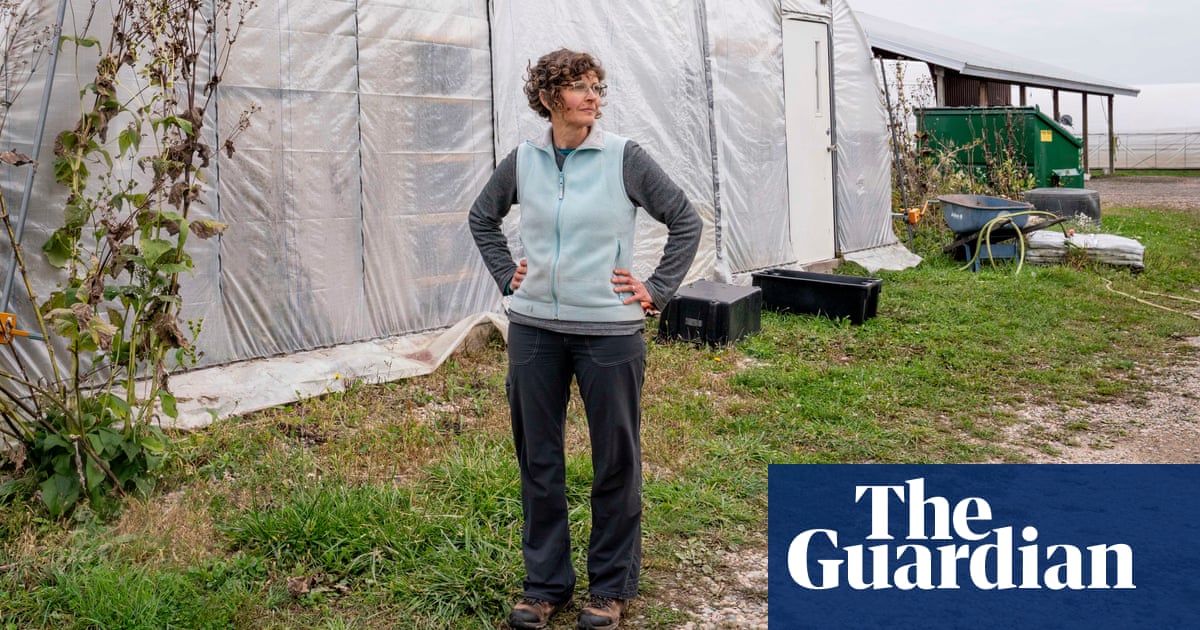This is the best summary I could come up with:
“We reliably had rainy springs and early summers, then hot and dry in late July and August, with the rains picking up again in September,” said Stacy Mates, Green Things’ seed company manager.
Farmers are already fighting many battles in a growing season: beating back powdery mildew on cucumbers, hornworms devouring tomato leaves and strawberries plagued by verticillium rot.
“We are not having normal seasons any more”, said Lane Selman, an agricultural researcher at Oregon State University and founder of a seed-producer community called the Culinary Breeding Network.
As the northern hemisphere shakes off its hottest summer on record, intensifying weather events threaten the variety we take for granted when we page through winter-delivered seed catalogues, dreaming of a bountiful spring.
After several years of drought, extreme wet is now the problem – although Gerritsen’s taken to chiseling up the soil ahead of planting to “divert rainwater into the subsoil away from the rhizosphere” where his potatoes are rooting and growing, he said.
For Mates of the Green Things Farm Collective, that means that more research into both open-pollinated and hybrid seeds is necessary for an uncertain future – and that especially holds true for small-scale and organic farmers.
The original article contains 1,374 words, the summary contains 199 words. Saved 86%. I’m a bot and I’m open source!
This is terrifying.



